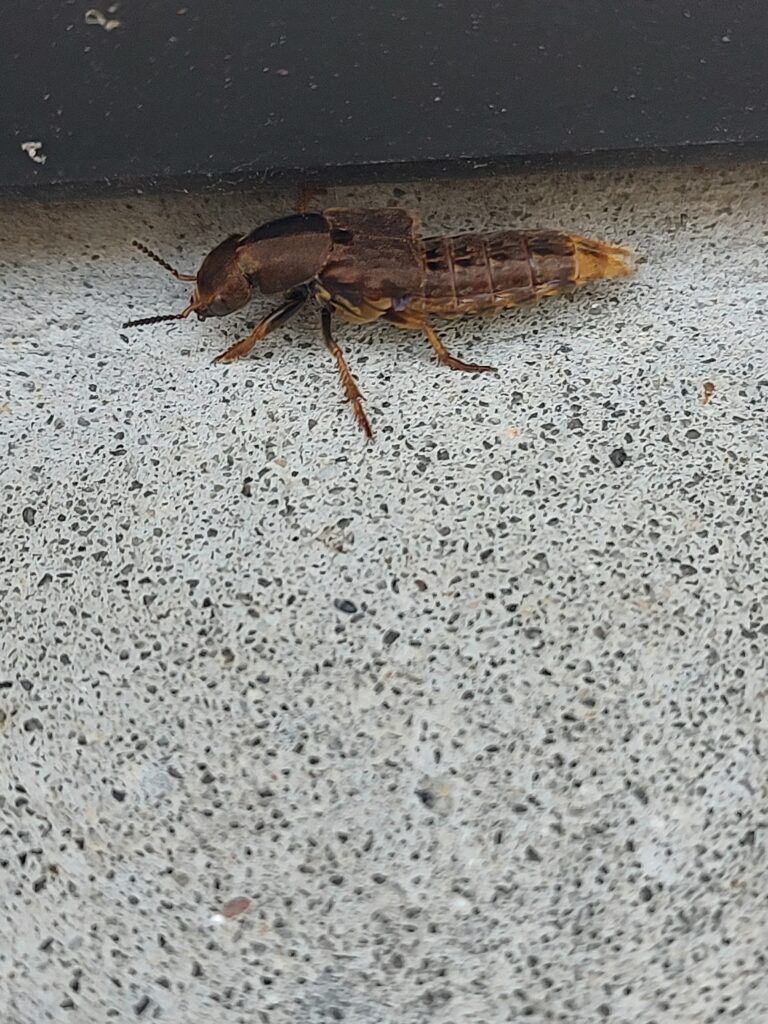If you stream any shows about pest control or peruse the shelves at the local hardware store, you may get a distorted view of pest control. Harsher chemicals are not inherently better. Instead of jumping on the more is better bandwagon, embrace natural pest control. Discover how natural pest control methods such as predators and prevention strategies are at the heart of an effective and wise pest control plan.
PREDATION IN NATURAL CONTROL OF PESTS
Natural predators are a handy way to get ahead of pest populations. This may include introducing species to an area or making conditions better for the predator where pests are an issue. Common pest predators include:

- The Rove Beetle
- Parasitic Wasps
- Lady Bird Beetles
- Cats
- Praying Mantis

Be cautious when introducing new predators to an area. They can have unintended consequences on non-target species or lack predators of their own to keep their populations in check. The asian beetle is a poster pest for this situation.
PREVENTIVE MEASURES
Since an ounce of prevention is worth a pound of cure, it is important to know what those small inputs are. Preventive measures are not sexy by any means, but they work. The first step is to understand the biology of the pest you are facing. Knowing this dictates which tools will be the most effective.
LIGHT (OR DARK) ASPECTS OF NATURAL PEST CONTROL
Changing the lighting can have a dramatic impact on pests. Some pests like cockroaches and mice are going to gravitate toward the dark. Adding light will dissuade them from entering where there is light. Other creatures such as bats and spiders will feed on insects that are attracted to light. Adjust the light to adjust what they feed on.
MOISTURE (STANDING OR HUMID)
Decreasing humidity levels, removing standing water, fixing leaky plumbing and other water management practices are all wonderful for interrupting the ideal breading conditions for moisture dependent pests such as springtails, mosquitoes, and carpenter ants.
FOOD SOURCE
Some pests like spiders and centipedes are carnivorous. Others like aphids and Japanese beetles are herbivorous. Many like cockroaches or ants are omnivorous.

- First, find out what your target pest feeds on.
- Next, reduce the availability and access to food.
- Keep in mind that the pest in question may shift its food preference multiple times before having an impact on the population.
SHELTER/HARBORAGE
Having a place to hide and breed is a foundational element of pest success. Exclusion techniques and environmental changes that block access for pests or remove their comfy places will dramatically reduce pest populations. Ensure that other control measures are in place prior to or along with harborage adjustments so you don’t simply send them running from one place to another.

NATURAL PEST CONTROL EMBRACED
Embracing natural methods of pest control is not a one and done kind of thing. This is a way of life that keeps your environment for your loved ones (family, coworkers, and pets) healthy. This health includes both protection from pests and the diseases they threaten to introduce as well as health from the environment created. Learn how you can be an advocate of natural pest control by teaming up with Rove Pest Control‘s predation and prevention experts.